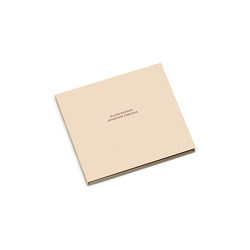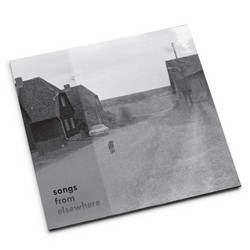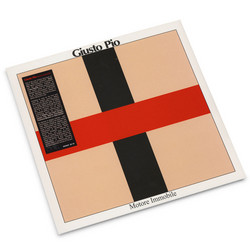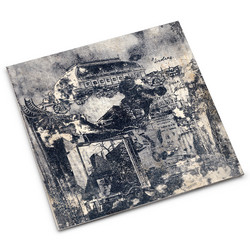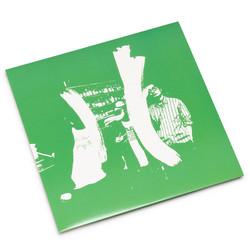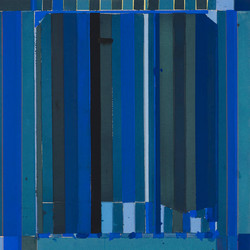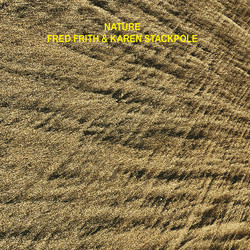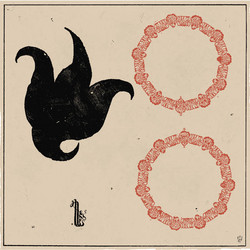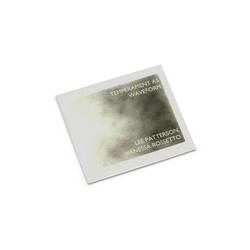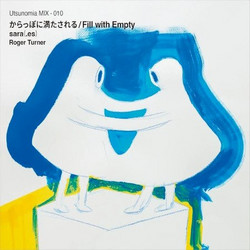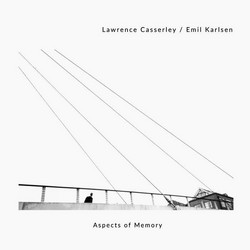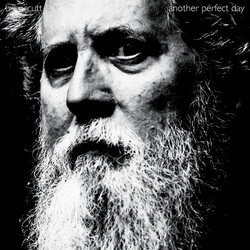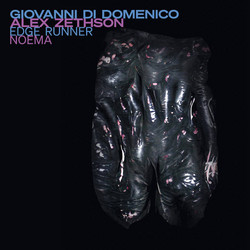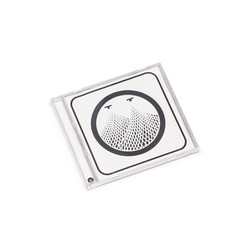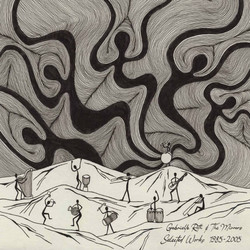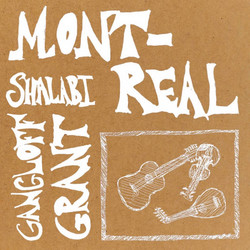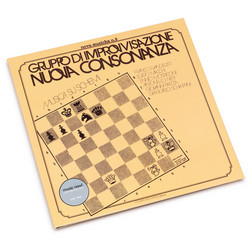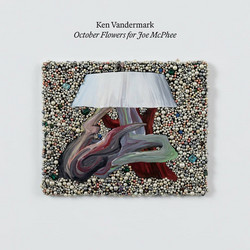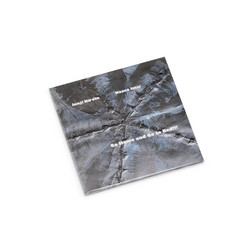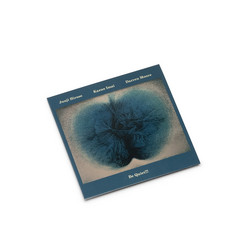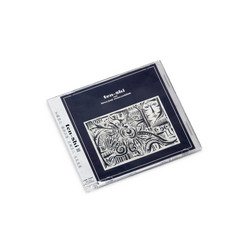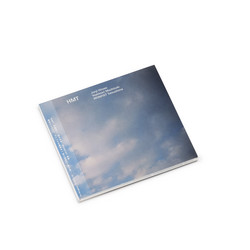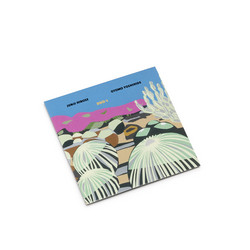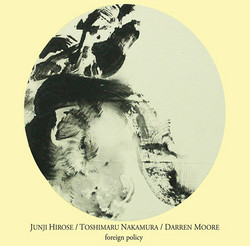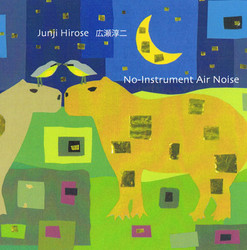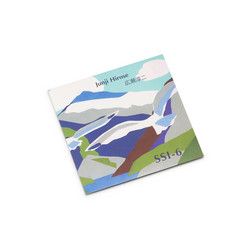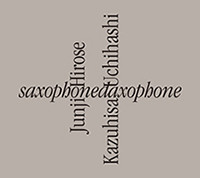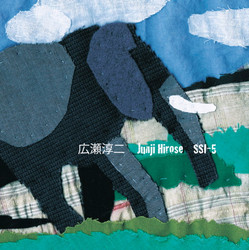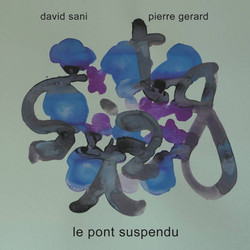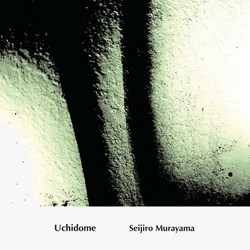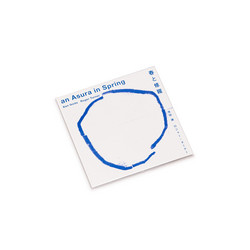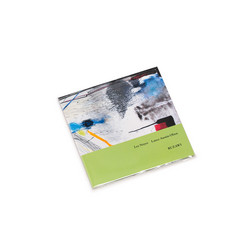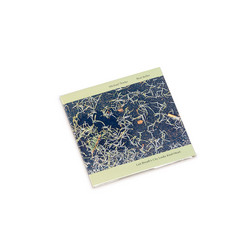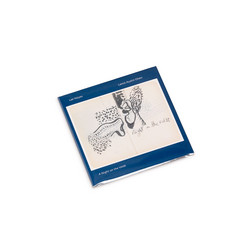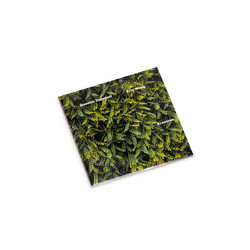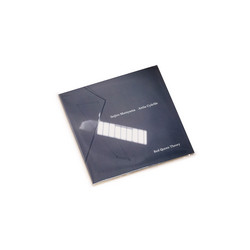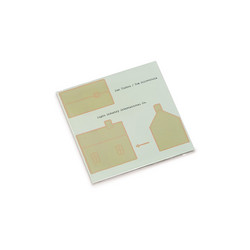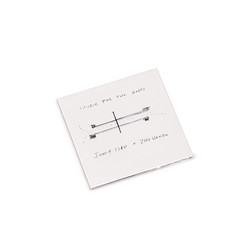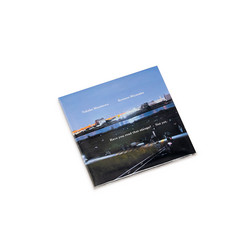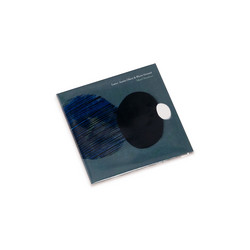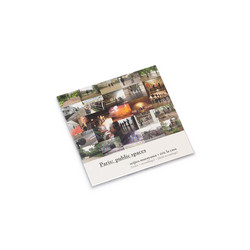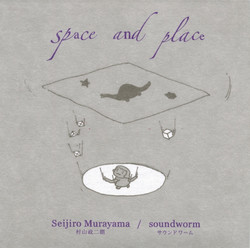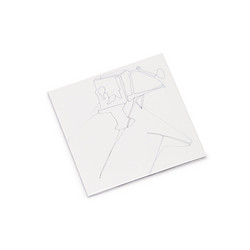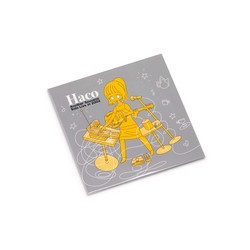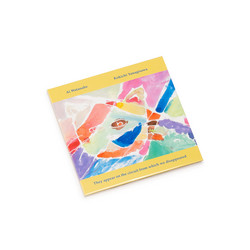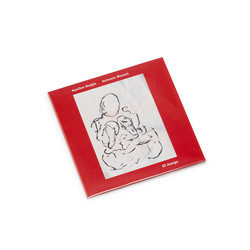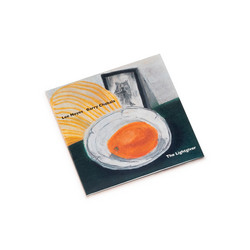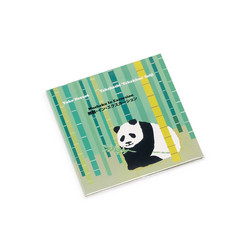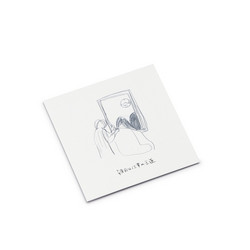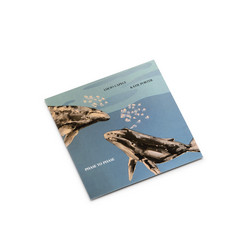*Edition of 150* With SSI Solo 2024, Junji Hirose reaffirms his place as one of Japan’s most probing figures in improvised sound. Recorded at Pool, Tokyo, the album presents a continuation of his lifelong fascination with the physics of air and the thresholds of audibility. Across its five tracks, Hirose utilizes his Self-made Sound Instrument (SSI)—a custom-built device he has refined through decades of experimentation—to conjure an unyielding variety of textures that blur the boundary between breath, resistance, and vibration. The album opens with SSI 4 Type 1, an eighteen-minute exhalation that feels alternately mechanical and organic, unfolding as if the instrument itself were breathing. Successive pieces—SSI 4 Type 2 One, Two, and Three—extend this dialogue between material constraint and fluid motion, evoking both industrial resonance and the fragile instability of improvised sound. Each passage exposes the delicate balance between control and chaos that defines Hirose’s practice; the slightest shift in valve pressure or spatial position yields transformations both minute and monumental.
The closing work, No-Instrument Air Noise, reaches beyond the boundaries of tool and tone. Here Hirose abandons the SSI altogether, performing with nothing more than his lungs and the air around him—an audacious gesture that expands his ongoing inquiry into “instrumentless” performance. Within its twenty-one minutes lies a meditation on presence: the body as both a resonator and a resistance point to silence itself. It’s an astonishing culmination of ideas Hirose has been cultivating since his early days on Japan’s free improvisation scene in the late 1970s, when collaborations with figures like Kazuo Imai and workshops at Ftarri laid the foundation for an entire generation of exploratory musicians. SSI Solo 2024 demands engagement beyond passive listening. It occupies a space between sculpture and breath, industrial machinery and ritual gesture. In an age dominated by digital clarity, Hirose’s album resists polish, inviting instead the raw, intimate shock of materials colliding in air. Hitorri’s release gives this body of work a home that feels both minimal and necessary—a stark room where sound, noise, and the absence between them become sculptural forms in motion.
